Optimal Timing for Storm Restorations
Storm restorations are most effective when performed during specific periods that minimize risks and optimize results. The timing depends on regional weather patterns, seasonal conditions, and the nature of potential storms in Novato, CA. Proper planning ensures that structures are reinforced or repaired before the onset of severe weather, reducing damage and restoration costs.
Conducting storm restorations before storm season begins helps protect properties from potential damage.
Immediate repairs after a storm can prevent further deterioration and address urgent damage.
Performing restorations during milder weather reduces complications from rain or wind.
Understanding local weather trends assists in scheduling restorations at optimal times.
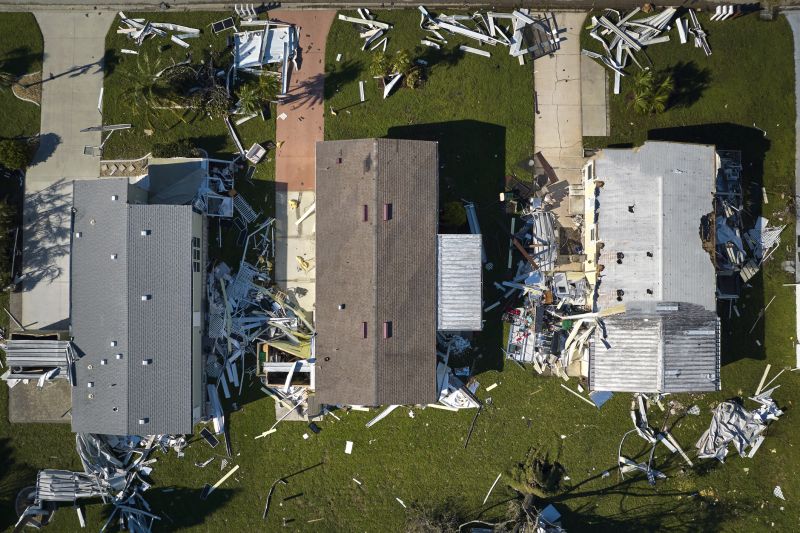
Evaluating storm damage promptly is crucial for effective restoration planning.

Quick response to storm damage can limit further structural issues.
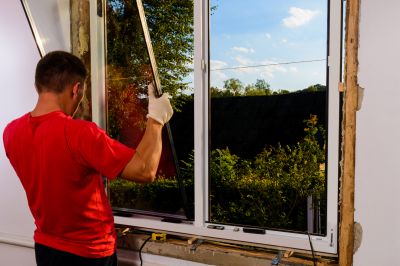
Timing restorations around weather forecasts optimizes safety and effectiveness.
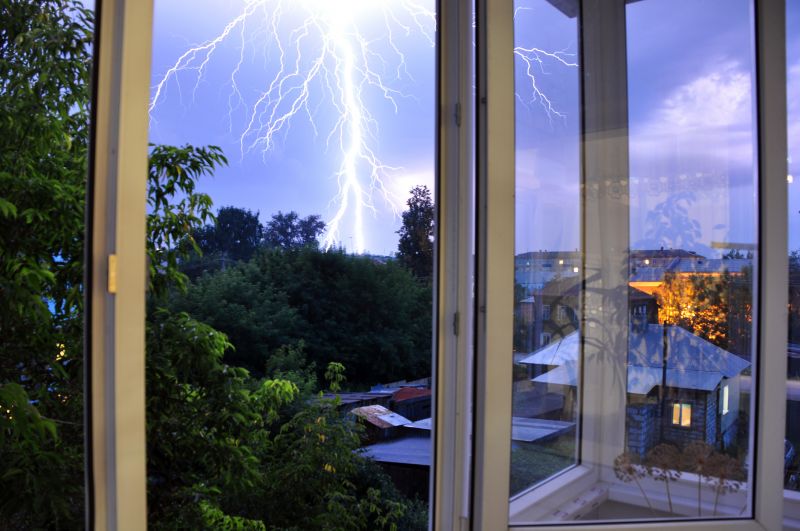
Ways to make Storm Restorations work in tight or awkward layouts.

Popular materials for Storm Restorations and why they hold up over time.
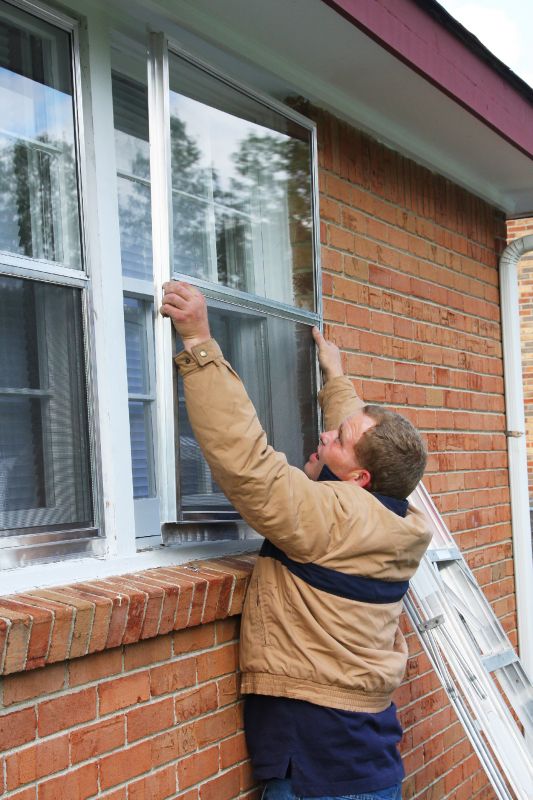
Simple add-ons that improve Storm Restorations without blowing the budget.

High-end options that actually feel worth it for Storm Restorations.

Finishes and colors that play nicely with Storm Restorations.
| Season | Ideal Restoration Timing |
|---|---|
| Spring | Pre-storm season preparation and inspections |
| Summer | Off-peak restoration period with mild weather |
| Fall | Post-storm repairs and pre-winter reinforcement |
| Winter | Limited restoration due to weather constraints |
Storm restorations involve repairing and reinforcing structures to withstand severe weather conditions. Proper timing reduces repair costs, minimizes damage, and extends the lifespan of roofing, siding, and other critical components. In Novato, CA, understanding local weather patterns helps determine the most advantageous periods for planning restoration projects.
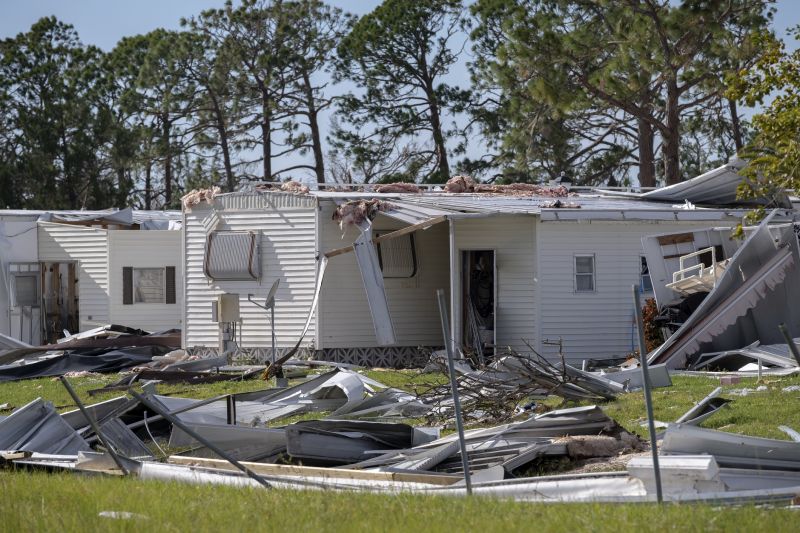
Restoring damaged roofs and siding after storms to prevent further issues.

Enhancing building resilience ahead of storm seasons.

Aligning restoration work with favorable weather conditions.
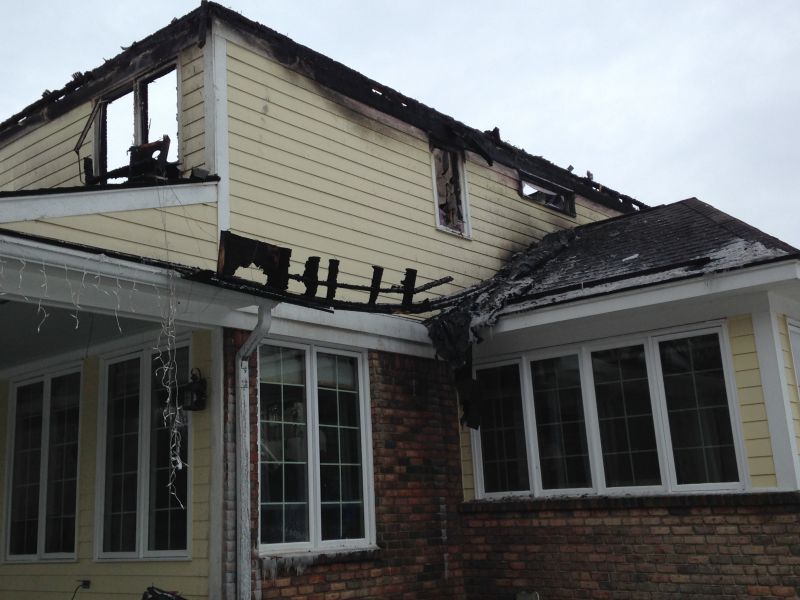
Rapidly addressing storm damage to minimize impact.
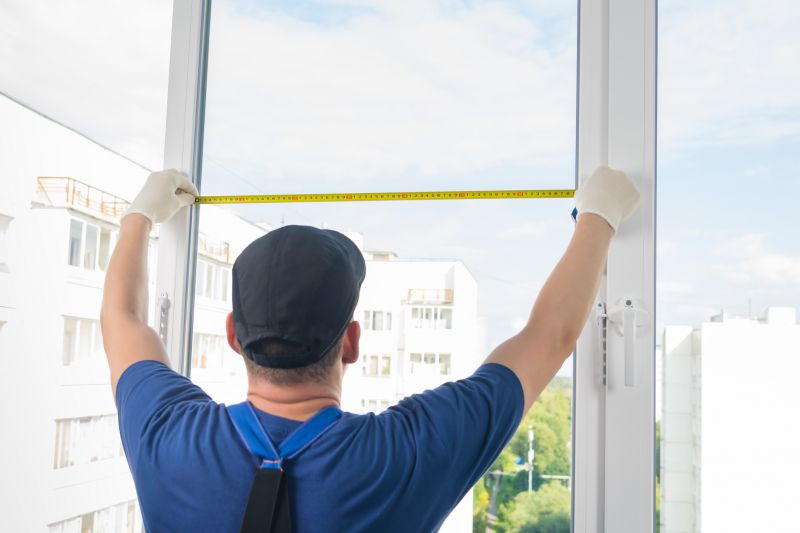
Little measurements that prevent headaches on Storm Restorations day.
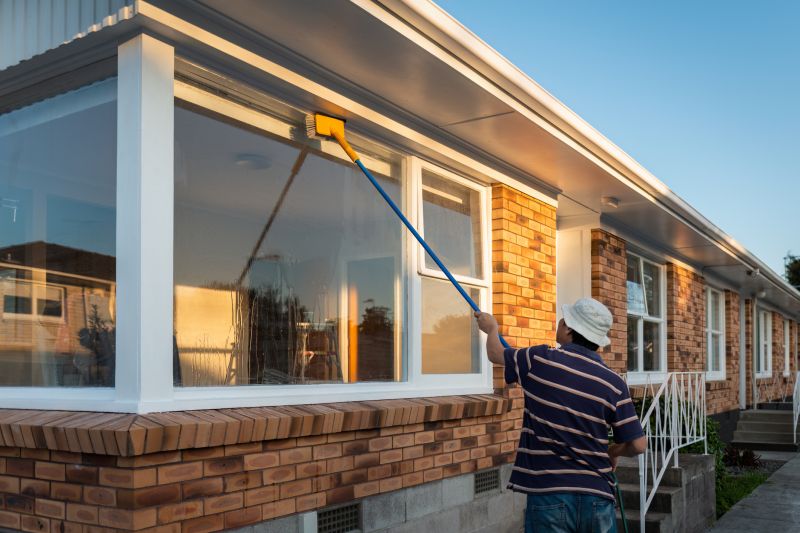
A 60-second routine that keeps Storm Restorations looking new.

A frequent mistake in Storm Restorations and how to dodge it.

Small tweaks to make Storm Restorations safer and easier to use.
Effective storm restoration practices require strategic planning around seasonal weather conditions. By addressing vulnerabilities before storms and performing necessary repairs promptly afterward, property owners can better protect their investments. Proper timing also ensures safety for restoration crews and reduces the likelihood of project delays caused by adverse weather.

